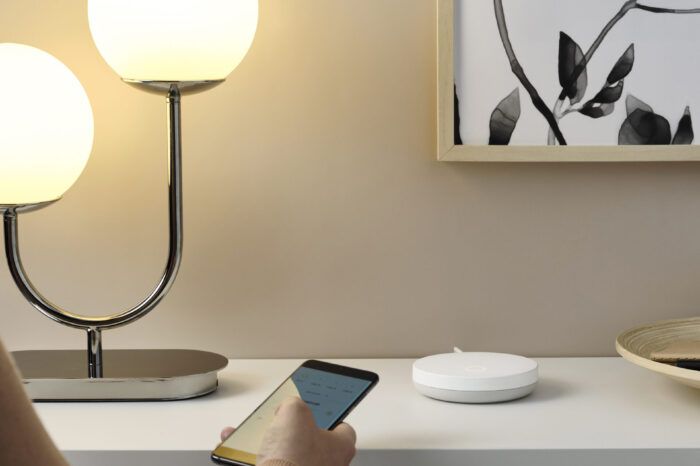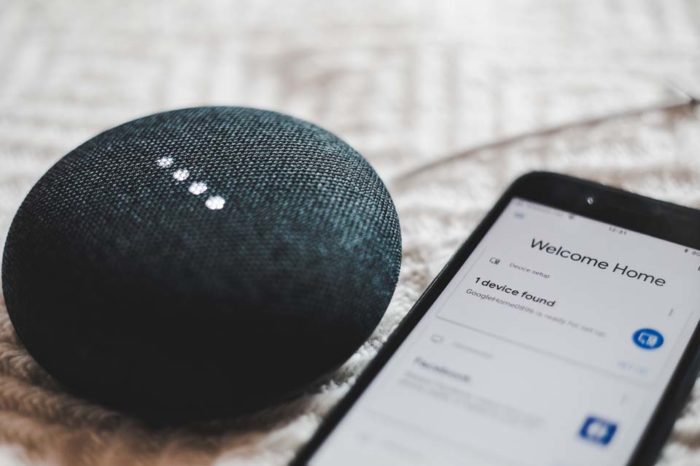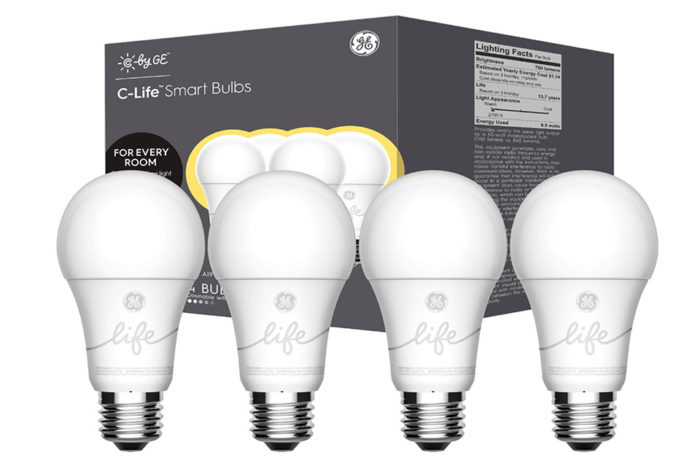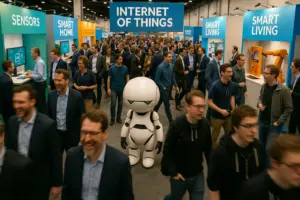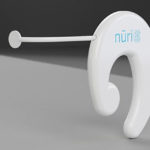Mind Control for the Smart Home
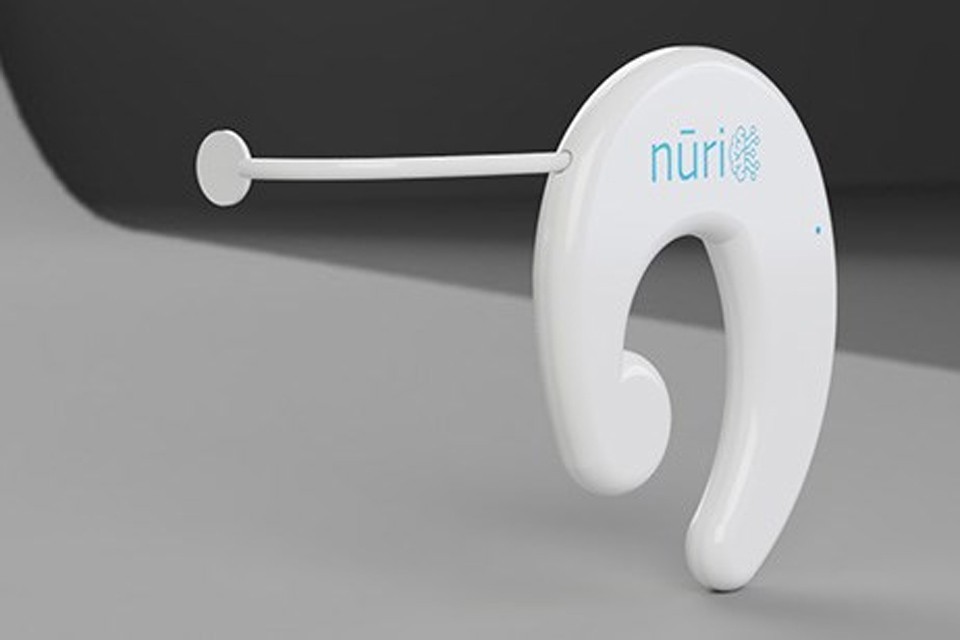
As if voice control via Alexa isn’t already scary enough for many: The American company Nūrio goes one step further. The company announced a so-called “EEG device” in the form of an ear stud for mid-2020, with which IoT devices can be controlled – by thought. According to the manufacturer, the device called “Nūrio” is the world’s smallest wearable for brain measurement and control of smart devices on the Internet of Things.
Nūrio streams the collected data from the user’s brain activity via Bluetooth to any smartphone. An app will enable users to visualize their brain activity and thus obtain valuable health data, as reported by Med Device Online recently. The device is also capable of sending commands to connected devices within the Nūrio cloud.
“We aim to provide the world with access to their mental data to help better understand the previously mysterious mind,” said Nūrio founder and CEO Ian Rowan. “We’re entering a new era of leveraging the mind to control the connected world, no matter of a person’s physical abilities.”
We have not yet become accustomed to the voice control of our devices, for example via Alexa or Google. Now the next evolutionary step is already around the corner and wants to enable the control of devices by thoughts. It remains to be seen to what extent this technology will also affect the control of our smart home. There are still no compatible devices for the proprietary Nūrio technology on the market.
How does mind control work?
The device uses electroencephalography (EEG), a medical technique that uses probes on the skin to measure the smallest voltages in the microvolt range. The ear stud uses three shielded dry skin electrodes and transmits the signals via Bluetooth to a smartphone which is equipped with the corresponding app.
For mind control, all metrics are derived from the raw EEG data using proprietary algorithms which, according to the manufacturer, are based on neuro-scientific research. The app should also make it possible to record sessions of these metrics. In this way, it is possible to record insights into attention during focused tasks, rest periods or emotions. Through machine learning, the app should get used to the mental states of its user and point out behavioural changes in the future.
Another possible application is the control of devices in the Internet of Things. Users can add compatible IoT devices to their profile. To do this, they record thoughts about the device for about a minute. The AI algorithms store these thought-waves and convert them into implementable commands. If the user thinks of the corresponding device again in the future, it should be able to be controlled automatically. The thought control should then react in less than two seconds.
Price and availability
Nūrio announced the availability of its device for mid 2020 at a price of 229 US dollars. It remains to be seen how well the device will really work in the end. Conventional EEG devices are significantly larger and more complex.




